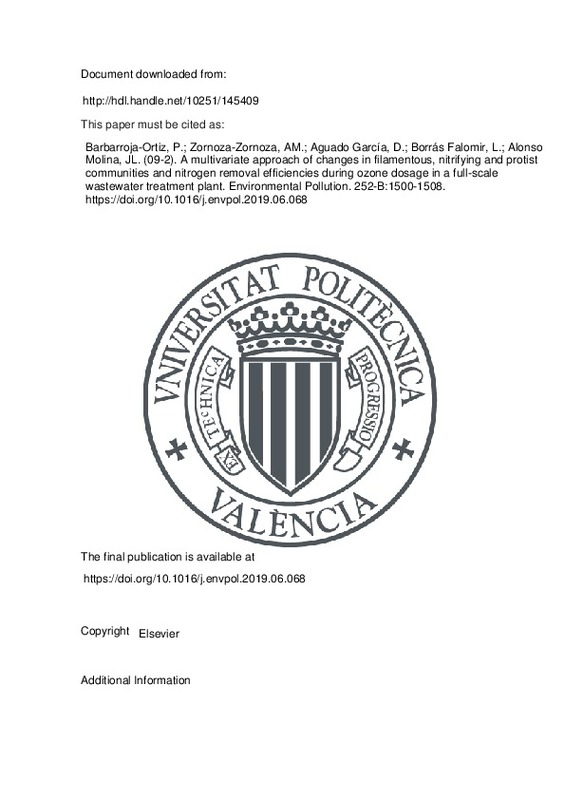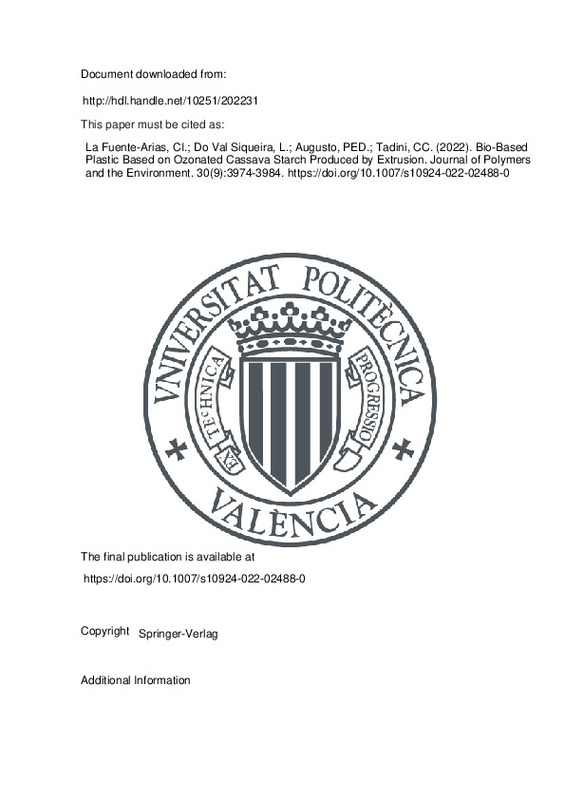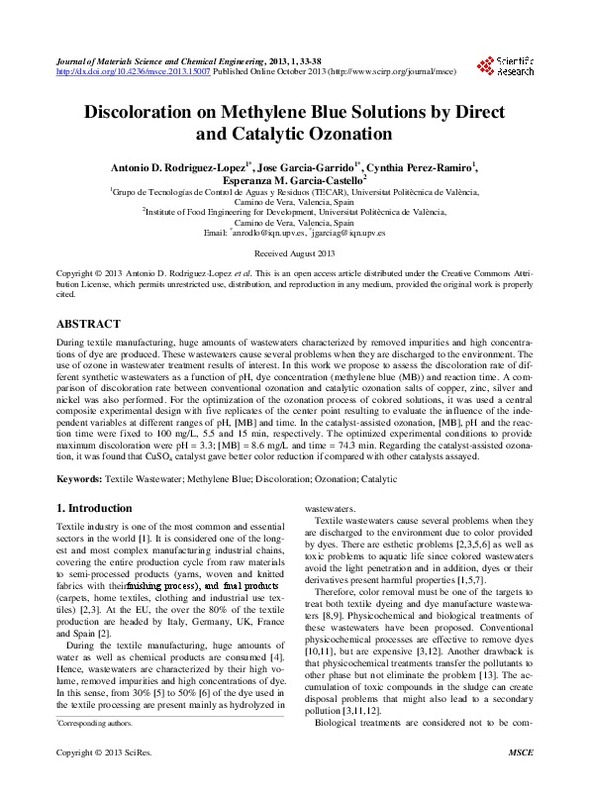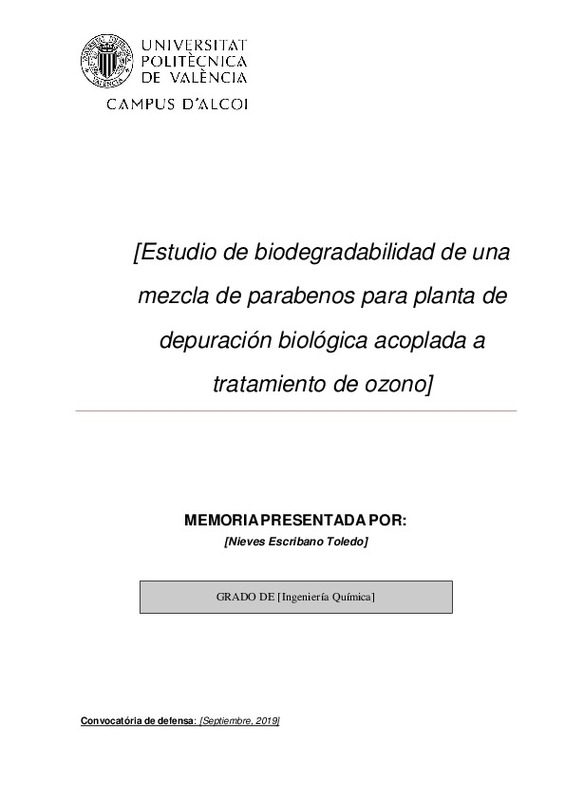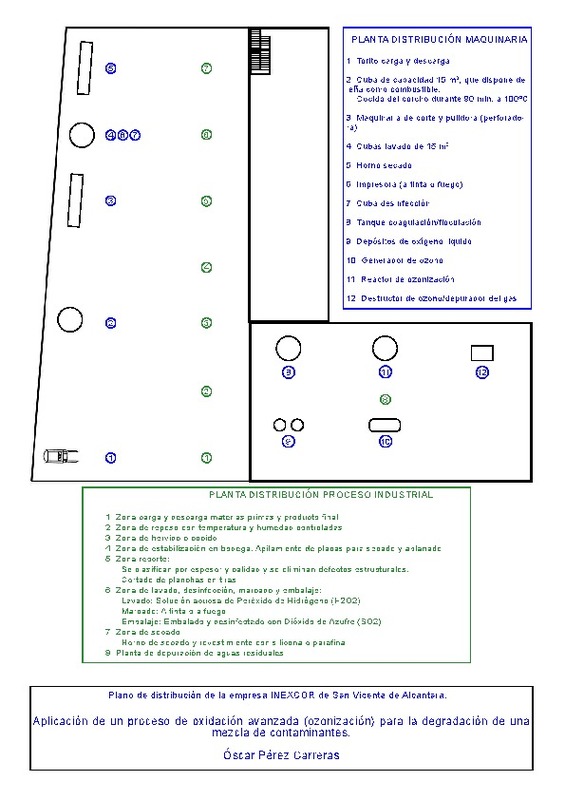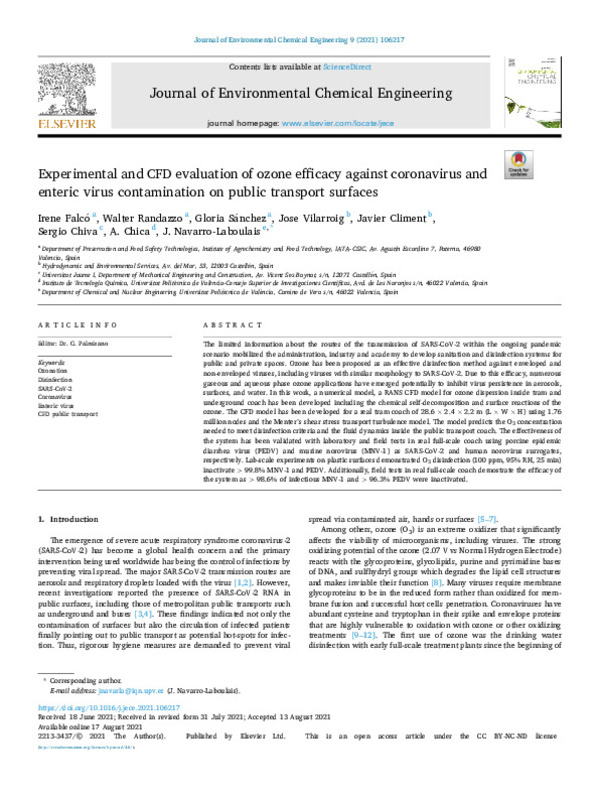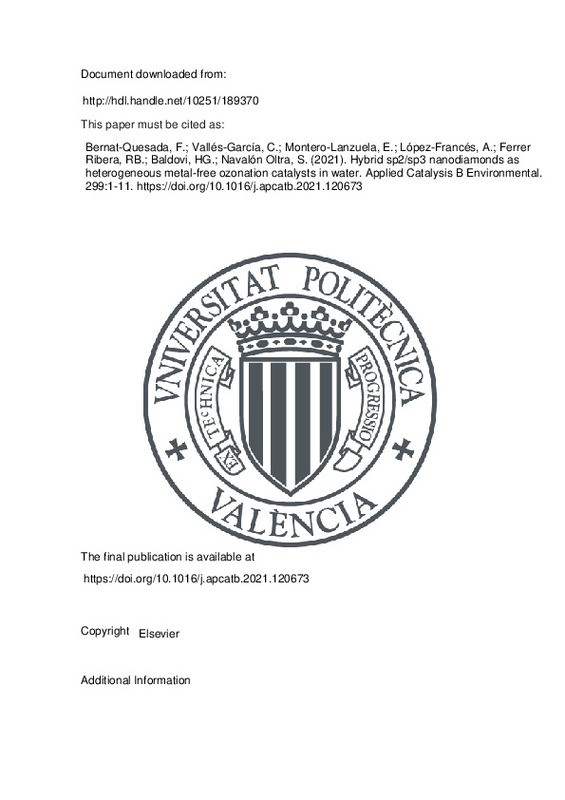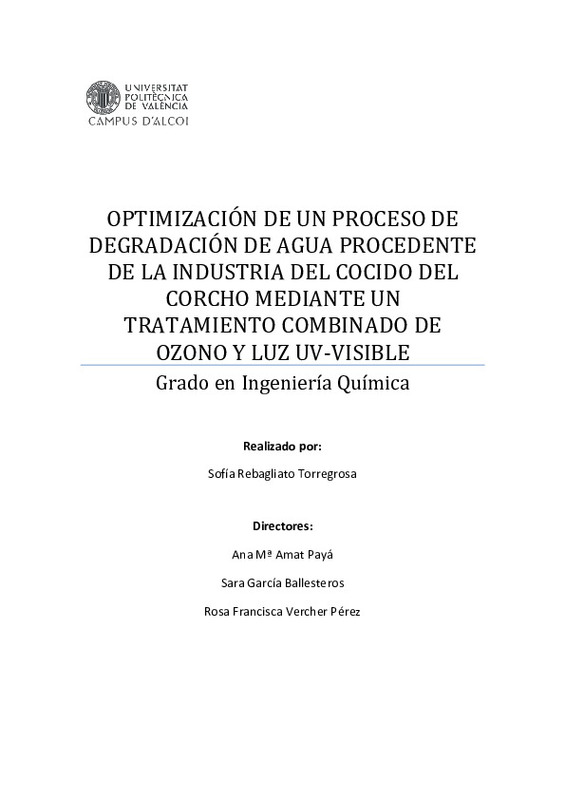

Listar por palabra clave "Ozonation"
RiuNet: Repositorio Institucional de la Universidad Politécnica de Valencia
- RiuNet repositorio UPV
- :
- Listar por palabra clave
JavaScript is disabled for your browser. Some features of this site may not work without it.
Buscar en RiuNet
Listar
Mi cuenta
Ayuda RiuNet
Admin. UPV
Listar por palabra clave "Ozonation"
Mostrando ítems 1-15 de 15
-
Barbarroja-Ortiz, Paula; Zornoza-Zornoza, Andrés Miguel; Aguado García, Daniel; Borrás Falomir, Luis; Alonso Molina, José Luís (Elsevier, 2019-09)[EN] The application of low ozone dosage to minimize the problems caused by filamentous foaming was evaluated in two bioreactors of an urban wastewater treatment plant. Filamentous and nitrifying bacteria, as well as protist ...
-
La Fuente-Arias, Carla Ivonne; do Val Siqueira, Larissa; Augusto, Pedro Esteves Duarte; Tadini, Carmen C. (Springer-Verlag, 2022-09)[EN] Green methods of modification, such as ozone, can bring new functionalities to starch. In this study, starch-based plastics were produced by extrusion, using cassava starch ozonated with a gas flow of 1 L min(-1) at ...
-
López-Francés, Antón; Peng, Lu; Bernat-Quesada, Francisco; Ferrer, Belén; Navalón, Sergio; Amarajothi, Dhakshina Moorthy; García Gómez, Hermenegildo (Elsevier Ltd, 2024-09)[EN] The development of metal-free heterogeneous catalysts for advanced oxidation processes is an important area of research, advancing in sustainability, with potential practical applications in water treatment. In this ...
-
Rodríguez López, Antonio Diego; García Garrido, José; Pérez Ramiro, Cynthia; Garcia-Castello, Esperanza M. (Scientific Research Publishing, 2013-10)During textile manufacturing, huge amounts of wastewaters characterized by removed impurities and high concentrations of dye are produced. These wastewaters cause several problems when they are discharged to the environment. ...
-
Escribano Toledo, Nieves (Universitat Politècnica de València, 2019-10-16)[ES] Los parabenos son conservantes habitualmente utilizados en la industria cosmética. Su utilización cada vez está más extendida, lo que hace que aparezcan como contaminantes habituales de las aguas. Es importante realizar ...
-
Estudio de la depuración de un efluente real de industria de cocido de corcho mediante ozonización Pérez Carreras, Óscar (Universitat Politècnica de València, 2016-11-14)[ES] El proyecto consiste en el diseño de un tratamiento de ozono (con y sin luz) para eliminación de contaminantes tóxicos y persistentes presentes en aguas residuales de la industria del cocido del corcho. El objetivo ...
-
Domínguez Rodríguez, Ana (Universitat Politècnica de València, 2022-10-17)[ES] En el sector textil se emplean grandes cantidades de agua en las diferentes etapas del proceso de fabricación de un tejido que, para ser reutilizada o vertida, debe de ser tratada. En el presente TFM se estudiarán ...
-
Falcó, Irene; Randazzo, Walter; Sánchez, Gloria; Vilarroig, José; Climent, Javier; Chiva, Sergio; Chica, Antonio; Navarro-Laboulais, J. (Elsevier, 2021-10)[EN] The limited information about the routes of the transmission of SARS-CoV-2 within the ongoing pandemic scenario mobilized the administration, industry and academy to develop sanitation and disinfection systems for ...
-
Bernat-Quesada, Francisco; Vallés-García, Cristina; Montero-Lanzuela, Eva; López-Francés, Antón; Ferrer Ribera, Rosa Belén; Baldovi, Herme G.; Navalón Oltra, Sergio (Elsevier, 2021-12-15)[EN] There is a growing interest from academia and industry in metal-free heterogeneous catalysts as an alternative to current non-sustainable transition metal catalysts. Herein we report a comprehensive study on the ...
-
Rodríguez, Eva M.; Márquez, Gracia; León, Elena A.; Álvarez, Pedro M.; Amat Payá, Ana María; Beltrán, Fernando J. (Elsevier, 2013-09-30)Aqueous solutions of four pharmaceutical compounds, belonging to the group of emergent contaminants of water: atenolol (ATL), hydrochlorothiazide (HCT), ofloxacin (OFX) and trimethoprim (TMP), have been treated with different ...
-
Goossens, Myrthe (Universitat Politècnica de València, 2024-09-13)[ES] Se evaluó la ozonización catalítica utilizando zeolitas Y comerciales y modificadas de tipo faujasita con relaciones molares SiO2/Al2O3 similares (5,1 y 5,2) para la eliminación de una mezcla de tres productos ...
-
López-Francés, Antón; Bernat-Quesada, Francisco; Cabrero-Antonino, Maria; Ferrer Ribera, Rosa Belén; Amarajothi, Dhakshina Moorthy; Garcia-Baldovi, Hermenegildo; Navalón Oltra, Sergio (Elsevier, 2023-11-05)[EN] The development of metal-free heterogeneous catalysts for advanced oxidation processes has emerged as a key focus for both academia and industry. We report on research that seeks to establish a correlation between the ...
-
Rebagliato Torregrosa, Sofía (Universitat Politècnica de València, 2015-11-25)[EN] The project consists in designing and optimize a combined treatment of ozone with light to treat water with contaminants present in cork industries refractory to conventional treatments. The process is carried out at ...
-
Ferre Aracil, Jesús; Cardona, S. C.; Navarro-Laboulais, J. (Taylor & Francis, 2015-03-04)A procedure for the determination of initial parameter values for quadratically convergent optimization methods is proposed using artificial neural networks coupled with a non-stationary gas-liquid reaction model. The ...
-
Study of ozonation as a polishing treatment for produced water extracted from an offshore platform Gámiz Pérez, Catherine (Universitat Politècnica de València, 2022-09-29)[ES] Hoy en día la corriente residual más grande que se vierte al ecosistema marino viene del agua producida en la industria del petróleo y del gas. Su compleja composición puede causar un gran daño ecológico, por lo que ...
Mostrando ítems 1-15 de 15

Universitat Politècnica de València. Unidad de Documentación Científica de la Biblioteca (+34) 96 387 70 85 · RiuNet@bib.upv.es


